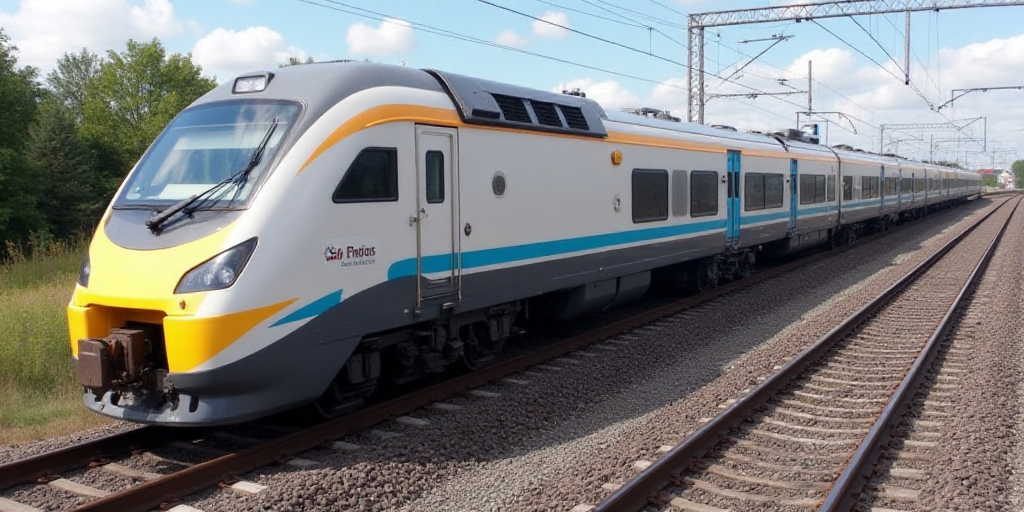Introduction to the Project and Key Players
Andrés Lajous, Director of the Agency for Rail Transport Regulation (ARTF), is tasked with bringing back passenger train services as part of Mexico’s 4T government initiative. Over the course of this six-year term, an unprecedented public investment of $131 billion will be allocated to construct approximately 3,400 km of new tracks and stations. This ambitious project also includes viaducts, tunnels, pedestrian crossings, and more.
Lajous collaborates with the Secretariat of Infrastructure, Communications and Transportation (SICT), Fonatur engineers, and military engineers to ensure the successful execution of this project. His team comprises former colleagues from the Mexico City Secretariat of Mobility, SICT technicians with ferroviaria and road construction expertise, and Fonatur members involved in the Tren Maya development.
Project Scope and Significance
The new rail network, encompassing 2,200 km from the Tren Maya and interoceanic train lines, represents an unprecedented figure. Lajous emphasizes the importance of passenger trains for enhancing travel quality, reducing emissions, ensuring passenger safety, and stimulating the economy through infrastructure development.
Among Lajous’s responsibilities are determining train operators for the entire passenger rail network, including the crucial Metrobus in Mexico City, and identifying resources to fund operations.
Train Operations
President Claudia Sheinbaum has stated that the new trains will be operated by the same company linked to the National Defense Secretariat (Sedena) managing the Tren Maya. For Metrobus, a coexistence model will be established, allowing multiple operators at major stations like Buenavista in Mexico City.
“There are no restrictions. Large stations worldwide often have multiple operators. You can have up to seven operators, depending on the services provided,” Lajous explains.
Currently, there are no plans for commercial or real estate developments around train stations, unlike initial Tren Maya proposals with a clear tourism focus.
“Trains are often deemed unprofitable, but it depends on what is meant by that. The key lies in not specifying the criteria, though it’s true that few trains generate enough revenue to cover operational costs through their own fares,” Lajous notes.
Government Perspective and Financial Considerations
The federal government views passenger services as crucial for improving national connectivity and benefiting its citizens. The $131 billion investment is public, with high-demand segments covering operational costs. The chosen routes—Mexico-Pachuca, Mexico-Querétaro, Querétaro-Irapuato, and Saltillo Nuevo-Laredo—have substantial demand, allowing passenger fares to partially fund operations.
While recent rail experience has been accumulated by Fonatur and Sedena, SICT’s involvement is limited. Collaboration between SICT and Sedena, along with other relevant agencies like Semarnat, Sedatu, Conagua, INAH, and INDAABIN, ensures a comprehensive approach.
Project Challenges and Collaborative Efforts
Each project presents unique challenges, and the objective is to complete them on time and within budget. Large-scale infrastructure projects require extensive collaboration, with basic engineering laying the groundwork for informed decision-making.
Lajous addresses shared track usage, stating that only 5 km out of the 785 km to be constructed will involve sharing tracks with freight lines due to topographical constraints. Passenger and freight trains will operate on separate tracks, ensuring no interference.
Transparency and Information Disclosure
Regarding transparency, Lajous acknowledges that certain details may be withheld initially to protect the project’s progress. As the project advances, more information will be disclosed.






